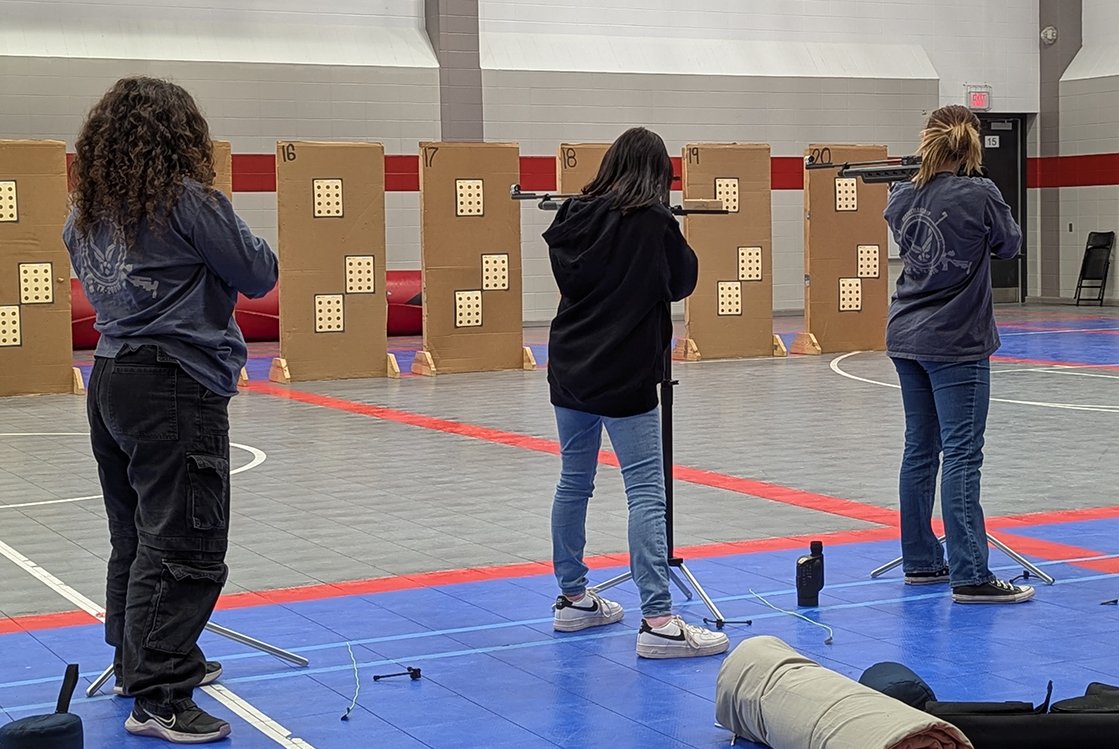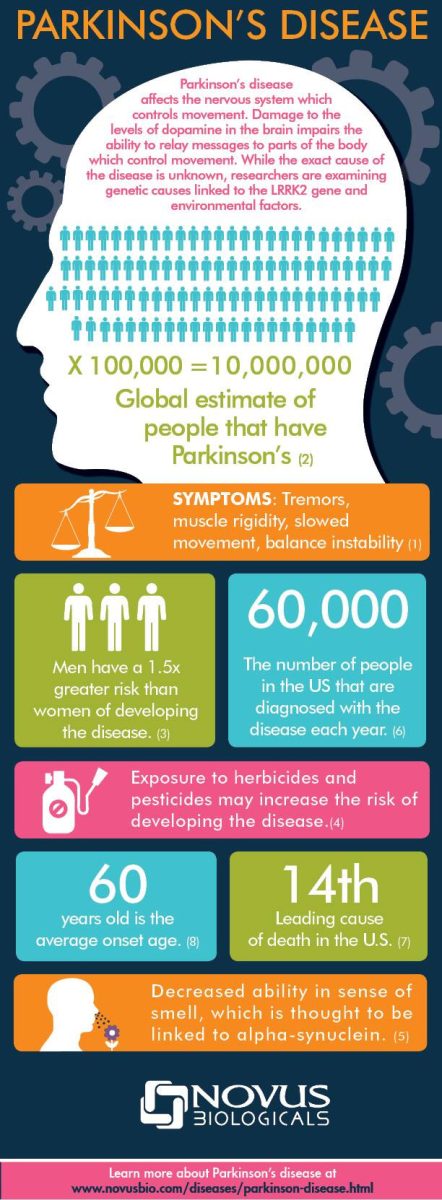 If a small child asked “What is a lunch lady?”, the initial response would probably be, “they’re the ones that serve people food in cafeterias.”
If a small child asked “What is a lunch lady?”, the initial response would probably be, “they’re the ones that serve people food in cafeterias.”
However, this is only one of the many tasks they do. So much more goes on behind the scenes that students don’t think about.
Aside from serving food at lunchtime, these ladies wash, clean, cook, and keep a kitchen running for more than 1700 students.
“We have to order and put away thousands of dollars worth of groceries each month,” manager Connie Reed said. “We have to wash the dishes because we do not have an automatic dishwasher, clean, and make sure everything is kept spic and span.”
Keeping the kitchen clean is essential.
“We go above and beyond since we serve children, a more susceptible population,” Reed said. “We must be extra careful. We have strict HACCP criteria which must be followed.”
HACCP stands for Hazardous Analyses of Critical Control Points. This was developed for NASA so astronauts wouldn’t get sick from the food they ate in outer space.
This is a big responsibility to have on your shoulders, and it all begins bright and early each morning.
“We get here at 6 a.m. and start breakfast, and then lunch starts a little bit after that,” Reed said. “We start getting things warmed up and getting things prepped.”
This is only the beginning, as Reed doesn’t finish her tasks until 2:30 in the afternoon.
“I personally must count money and check all customer deposits,” Reed said. “We must count any servings leftover from service and record those for paperwork which we have daily. The few items we reuse must be refrigerated or frozen, and all areas of the kitchen are cleaned and made ready for the next day.”
Reed said that the job can be very stressful sometimes with all the requirements mandated by the state and keeping both adults and students happy.
“I have to train my employees to give the correct portions away because everything is based on calories and fat,” Reed said. “You can’t over serve it because then it won’t equal what it’s supposed to equal. All of our recipes and products are measured against government requirements.”
Within the 13 years that Reed has been here, there have been significant changes in the food served.
“The first couple [of years after I started], we actually served a small fountain drink as well as milk with the meal,” Reed said. “The amount of fat grams per meal has decreased as time has gone by. Things have become stricter as years have passed.”
Although Reed enjoys the food they serve, she admits new items really help the menu.
“By the end of the year it starts to get old,” Reed said, “but we have this new Caesar chicken salad that I like.”
Reed’s favorite part of her job, though, is working with the kids.
“I used to cut hair, so this is a lot different,” Reed said. “I think it’s more rewarding because, even though the kids don’t necessarily say anything, they appreciate it.”
With 67 percent of students on free or reduced lunches, it makes Reed happy that she is able to serve these kids in need.
“There is, of course, with most jobs, a good bit of stress,” Reed said, “ but at the end of the day knowing that we did help out and tried to provide the most nutritious, and still tasty meal, is very fulfilling.”





